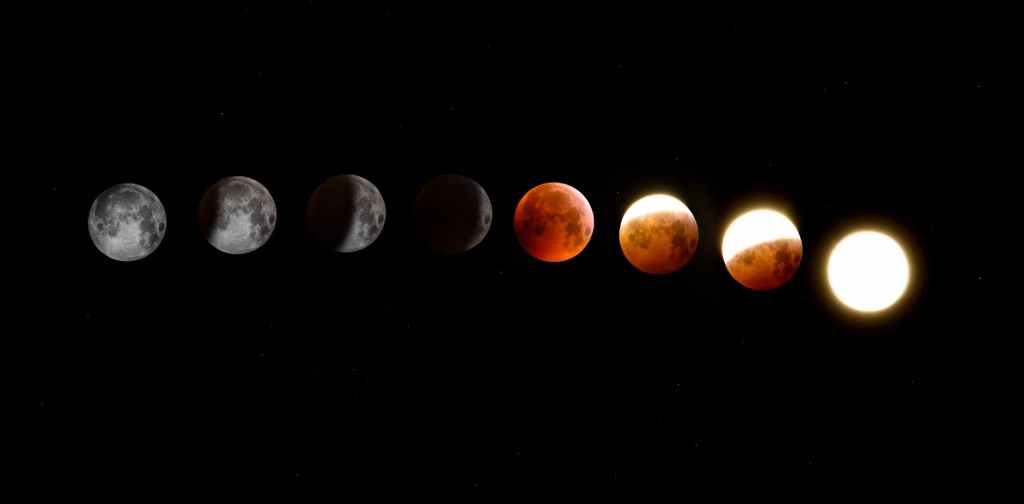“Venus and Aphrodite – A Biography of Desire” by Bettany Hughes is a nonfiction look into the history of Venus-Aphrodite. The goddess of love, known in Greek as “Aphrodite” and in Rome, as well as more commonly in today’s western society, “Venus,” has always had an impact on humanity. But she is far more than just the goddess of love.
Artifacts of Venus date back to prehistory, traced to a statue of a curvy figure with the head of a phallus and the marking of a vulva. Unlike the slender models you see today, she displays thick thighs and a broad chest… and yes, you read that correctly, a phallus for a head. In the first physical manifestation of Venus known to date, she introduces herself to the world as a hermaphrodite.
This depiction is somewhat fitting to her myth, in which she is birthed through the severed genitals of Uranus which had been thrown into the ocean, coming into the world as a motherless, full-grown woman. In one version, she evolves from the genitals she is born from in that she has both male and female parts.
In ancient times, festivals were typically divided by sex — goddess festivals were only attended by women and girls. But in the case of Aphrodite, both men and women took part. She was known as perhaps the only deity who liked to “mix things up” by encouraging more interaction between one another. It is said that Aphrodite is the reason why humans are social creatures.
Along with being inclusive of both sexes, she also served as a sacred figure for female sex workers. Some cults were dedicated to her for the specific purpose of using one’s feminine body for power and money. It was claimed that Aphrodite herself invented prostitution.
Throughout history, Venus-Aphrodite evolved alongside humanity. Prehistory shows statues of her body on display, while going forward from the classical period, she is still depicted naked but covering herself with her hands in a shy and coy manner.
Cleopatra VII aligned herself with the title of Venus, which some claim was a clever political strategy. In Egypt, she titled herself the “New Isis” while during her travels to Rome, she depicted herself as the Roman version of Isis — Venus. After her death, Augustus controlled the Roman Empire and ordered more Venus statues, temples, and artwork to be spread across the land — implying that the Romans were living in a “Golden Age” of goodness and pleasure — as Venus is associated with those positive traits.
Venus captured the fascination of Shakespeare, who was inspired by her to write many of his plays, including “Venus and Adonis.” Going forward, we continue to see Venus make her mark on the world through Hollywood and pop culture. Most notably, the symbol used for women is the symbol that represents Venus (♀) while the male symbol is the symbol of Mars. Prior to Christianity, the symbol for Venus did not have a slash — this was added to reinforce the cross.
It has been claimed that Venus represents all women, all feminine qualities we embody. There have been divisions between the “good Venus” of joy and pleasure, verses the “bad Venus” of lust and war. It’s very obvious that today, when we think of Venus, we automatically think of woman. But it’s pondering to look back and see that the first trace of today’s representation of the female sex, was actually a representation of both sexes.
I would highly recommend this book to those who are interested in history, mythology, feminism, and all of the above.





Leave a comment